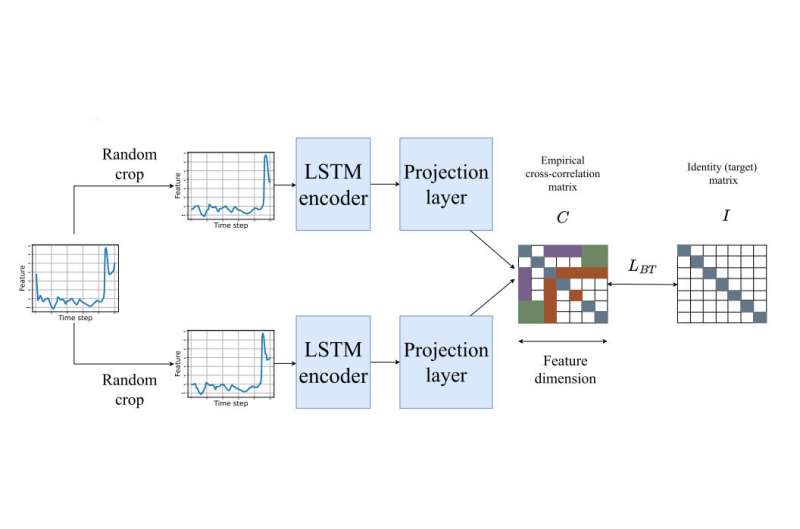This article has been reviewed according to Science X's editorial process and policies. Editors have highlighted the following attributes while ensuring the content's credibility:
fact-checked
trusted source
proofread
Deep learning model could improve oil extraction

A research team from Skoltech introduced a model to facilitate the planning stage of oil well development. It will help obtain important data about a well—for example, the model can compare a prospective well with those already functioning in the proximity to predict its oil-producing properties and improve well drilling. The study came out in IEEE Geoscience and Remote Sensing Letters.
Oil and gas well development can be divided into three stages—oil field discovery, evaluation, and development as such. The evaluation covers, for example, the volume of oil reserves and their distribution. This stage involves drilling exploration wells and probing them to record some indicators: layer radioactivity, groundwater mobility, etc. Later, this information helps make decisions relating to well development.
"As it stands today, oil field evaluation yields a bunch of fragmented data and nobody knows how to use them. Our study aims to build a model based on these data that will make a mathematical representation—a vector fully describing the well," comments Alexander Marusov, the first author and Skoltech research engineer.
The vector returned by the model contains useful information about the well in a compressed format. Apart from predicting its properties, the model will help address the issue of drilling in the wrong direction. While moving deeper into the layer, it is important to confine drilling to one and the same rock type. Otherwise, you have to drill again, in a different direction, and this is very expensive.
"Our model will help determine the rock type and adjust the drilling. The accuracy of rock type prediction in our model is 82%, while previously the best result was 59%. Our model will facilitate decision-making in oil well development," Marusov adds.
The model was trained through self-supervised learning. It differs from traditional machine learning methods, which require labeled data. Self-supervised learning does not use them. For example, a probe can register radiation or other geophysical signals in the exploration well. Self-supervised learning utilizes these raw data, without any labels.
"Self-supervised learning methods can be divided into contrastive and noncontrastive. We used the latter approach, which deals with pairs of similar objects—for instance, intervals of signals from one and the same well," the researcher clarifies.
More information: Alexander E. Marusov et al, Noncontrastive Representation Learning for Intervals From Well Logs, IEEE Geoscience and Remote Sensing Letters (2023). DOI: 10.1109/LGRS.2023.3277214















